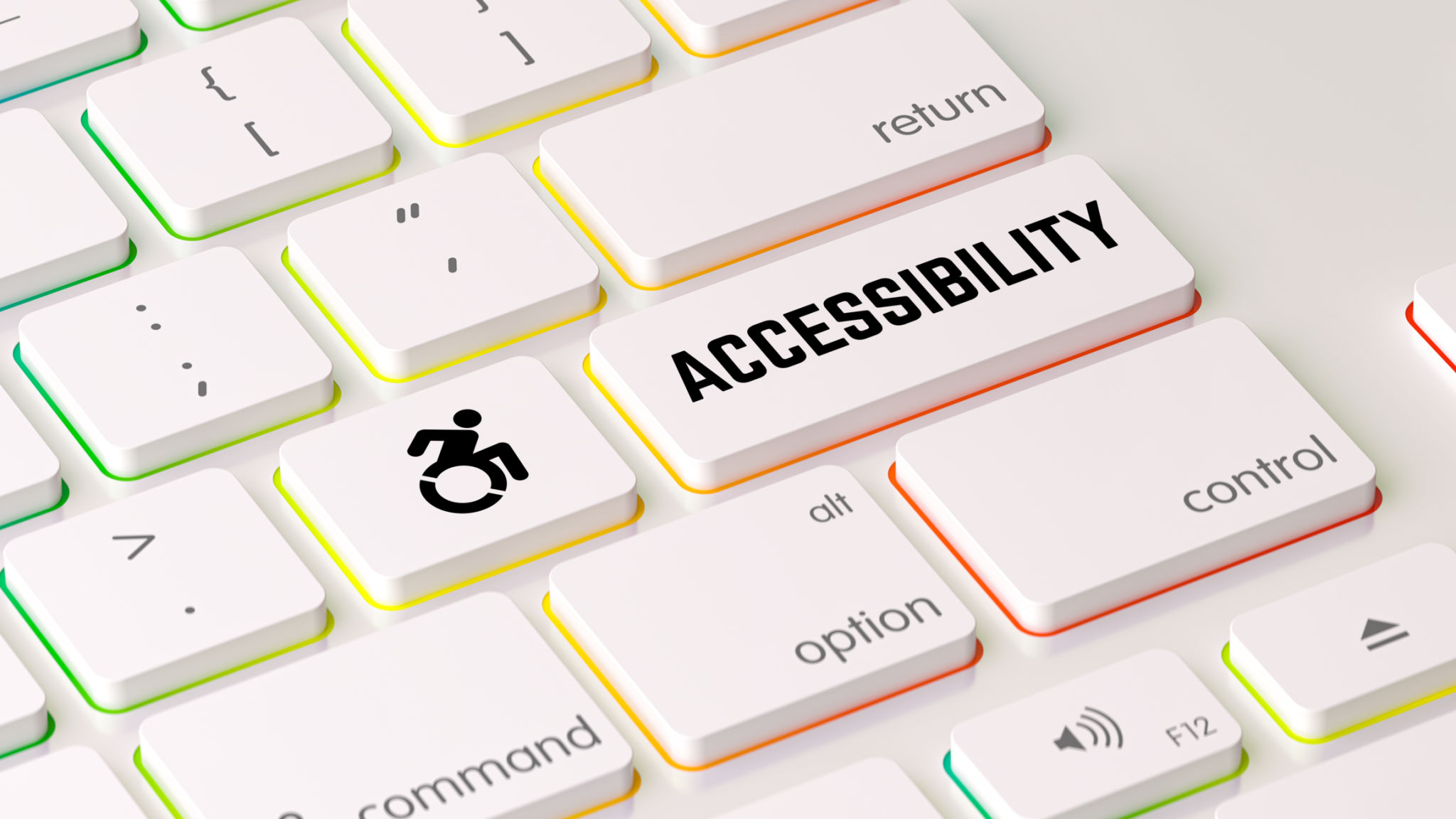AI in UX Design: How Artificial Intelligence is Revolutionizing User Experiences
The Role of AI in Modern UX Design
As technology continues to evolve, the integration of Artificial Intelligence (AI) in UX design is proving to be a game-changer. By leveraging AI, designers can create more personalized and intuitive user experiences that go beyond traditional methods. AI is not only enhancing the way users interact with digital products but also shaping the future of design strategies.
At its core, AI in UX design aims to understand user behavior and preferences to deliver tailored experiences. This allows for a more dynamic interaction where the system can adapt to the user's needs in real-time. By analyzing vast amounts of data, AI can identify patterns and make informed decisions to optimize user interfaces.

Enhancing Personalization with AI
Personalization is one of the most significant contributions of AI in UX design. Through machine learning algorithms, AI can analyze user data such as browsing history, preferences, and past interactions to offer personalized content and recommendations. This level of personalization enables businesses to engage users more effectively and improve customer satisfaction.
Moreover, AI-driven personalization helps reduce cognitive load by presenting users with relevant information and options. This not only enhances the user experience but also increases conversion rates by guiding users through a more intuitive journey.
Improving Usability and Accessibility
AI is also playing a crucial role in improving usability and accessibility in digital products. By automating routine tasks and offering voice-activated controls, AI simplifies navigation for users with different abilities. Tools like AI-powered chatbots provide instant assistance, making it easier for users to find the information they need without navigating complex interfaces.

Additionally, AI helps in creating adaptable designs that automatically adjust to different devices and screen sizes. This ensures a seamless experience across platforms, catering to the diverse needs of modern users.
AI-Driven Design Insights
One of the most powerful aspects of AI in UX design is its ability to provide valuable insights. AI tools can analyze user interactions and feedback to identify areas for improvement. These insights allow designers to make data-driven decisions, resulting in more efficient design processes and better user experiences.
- Identifying common user pain points
- Tracking engagement metrics
- Testing design variations through A/B testing

The Future of AI in UX Design
The integration of AI in UX design is still in its early stages, with endless possibilities on the horizon. As AI technology continues to advance, it is expected to bring even more sophisticated tools and capabilities. Designers will have access to smarter systems that can predict user needs and create experiences that are not only functional but also emotionally engaging.
In conclusion, AI is revolutionizing the field of UX design by offering unprecedented levels of personalization, usability, and insight. It empowers designers to create innovative solutions that meet the ever-evolving expectations of users. As we move forward, embracing AI will be key to staying competitive in the digital landscape.
